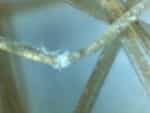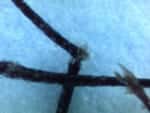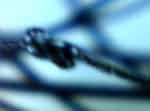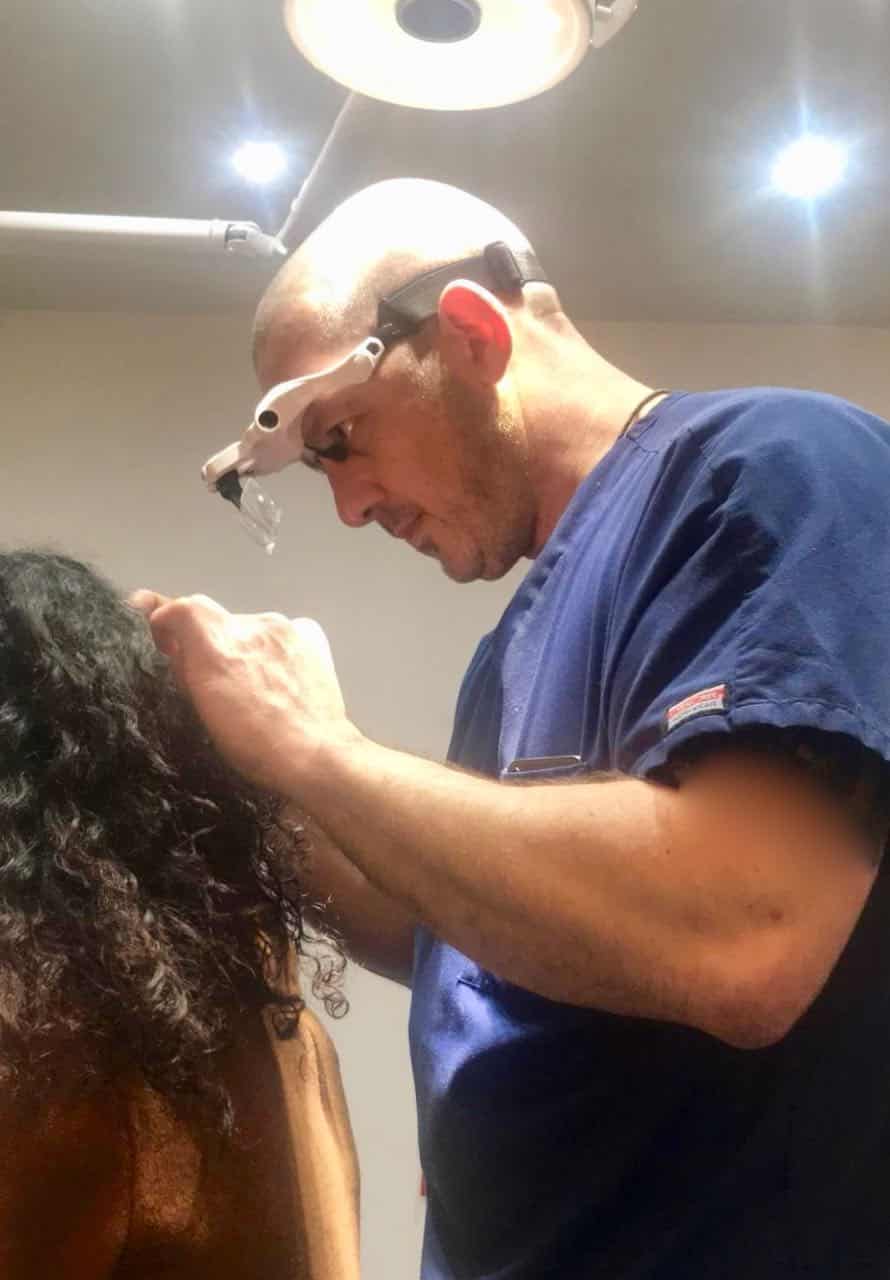Hair Breakage
Maybe you are suffering from some sort of hair breakage? Hence you are reading this page. In order for me to help you please have a read of this page because it outlines the main causes. Hair breakage can affect you in all sorts of ways. More importantly many can be avoided. Consequently, knowledge on how to avoid such problems is important. Furthermore, there are many hair shaft defects that cause hair breakage.
Self diagnosis is not a good thing to try. It’s better to speak to a Professional in such cases of hair shaft deformity. Maybe you have heard of some of these conditions before? Idiopathic Trichoclasia, Monilethrix (beaded hair), Trichokinesis syn. Pili Torti Hair or twisted hair, Trichokryptomania, Trichonodosis (knotted hair), Trichoptilosis (sync. Fragilitas Crinium), Trichorrhexis Nodosa, Certain Hairdressing procedures.



Consultation
Firstly to assess any form of hair shaft defect we would have to see you in person. Furthermore this would allow us to examine the hair breakage under a microscope. This particular part of being a trichologist is where we would show out knowledge and expertise. You may wish to view the hair shaft defect page as well. So, to arrange a consultation just ring the phone line or send an email by completing the form at the bottom. Many thanks.
Telephone Consultation
Maybe you would feel more comfortable in speaking to a trichologist first? The phone line is open for you to ring therefore why don’t you give us a try?

Idiopathic Trichoclasia
Idiopathic Trichoclasia is a rare hair breakage condition that produces oval patches of varying size at the vertex or anterior parietals. Microscopic examination shows broken hair shafts with brush like ends similar to trichorrhexis nodosa but with a maximum length of 6 mm. The surrounding skin in probably normal or maybe lichenified. Idiopathic Trichoclasia affects all showing no affiliation to age, ethnicity or gender. Furthermore, you may well suffer repeat occurrences. Excessive massaging or scratching is a suggested cause.
Monilethrix (beaded hair)
Hair-shafts exhibit swellings or nodes with intervening constrictions. Furthermore children are most likely to suffer this form of hair breakage. Also the Hair shafts are fragile and break easily. Keratosisis is present on the bald areas. Monilethrix may well affect other family members and as a rule will go after puberty.Tends to affect other family members.
Trichokinesis (twisted or corkscrew hair) syn. Pili Torti.
The hair-shaft twists at regular intervals throughout its length. You will notice a shimmering effect due to the effects of light. Also Trichokinesis tends to affect blonde females born with no hair. In addition, the scalp is often dry and scaly. Your eyebrows and eyelashes may also be affected by hair breakage. The condition may improve as hairshafts strengthen with age or after puberty. Furthermore confusion with Monilethrix is common.
Trichokryptomania
First of all this is a hair breakage condition where the hairs are broken off (self induced) by twisting. Often seen in neurotic patients. Also the appearance is usually symmetrical. Furthermore this condition tends to affect the parietal and auricular regions of scalp. In addition broken hairs are differing in lengths. There maybe short hairs present as well.
Trichonodosis (knotted hair)
First of all hair shafts grow in loops and sometimes form knots. Also the hair breakage follows self manipulation e.g. combing & washing etc. Hat wearing, pillow contact and the use of head rests may contribute. The lower occipital area is more likely to be affected.
Trichoptilosis syn. Fragilitas Crinium
Often the hair shafts become dry exhibiting longitudinal cracks (splits ends). These splits can flay reminiscent of feathers. Caused by age or chemical processing.
Trichorrhexis Nodosa
First of all a swelling appears on hair shafts causing hair breakage. Also breakage occurs leaving the ends frayed (almost brush like). The condition is a result of excessive heat, exposure to hydrogen peroxide, hair dyes, alkalis and mechanical traumatism.
Hairdressing procedures
To start with you must know that hairdressing procedures are dangerous and should always be undertaken my a professional hairdresser. Consequently, have seen so many patients over the years that have suffered at the hands of hairdressers. Furthermore you should always test both the skin and hair in every case and on each occasion prior to any process.
Maybe you have had some of these aggravating procedures? Bleaching, Highlighting, Tinting, Permanent waving, Hair relaxing, Hair extensions, Rapid blow drying, Also the application of braids, corn rows or plaits.

